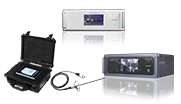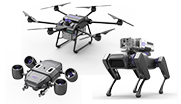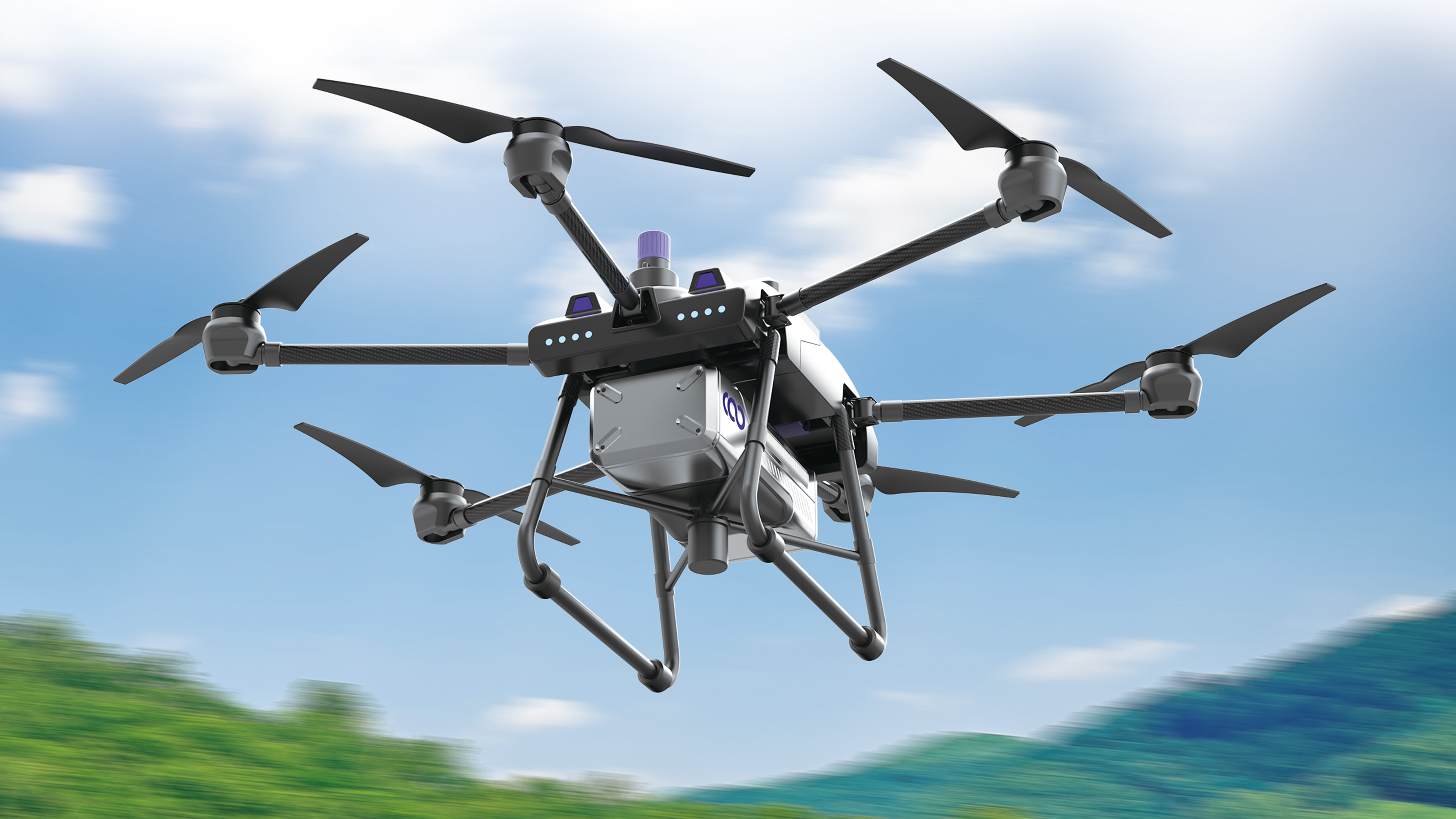Spontaneous Combustion Monitoring and Early Warning
Spontaneous combustion monitoring and early warning serves as a preventive safety measure for substances with self-igniting properties, widely applied in coal storage, petrochemical industries, and other fields. By installing equipment such as temperature sensors and gas composition analyzers in areas prone to spontaneous combustion (e.g., coal piles, oil storage tanks), key data including temperature and carbon monoxide (CO) concentration are collected in real time.
Forest Fire Prevention
Forest fire prevention is a comprehensive ecological safety protection project covering multiple links: prevention, monitoring, and emergency response.
Prevention Measures
Emergency Rescue
Emergency rescue refers to urgent actions taken after natural disasters (earthquakes, floods, etc.) or accident disasters (fires, explosions, collapses, etc.) to protect lives and properties.
Pre-Rescue Preparations
On-Site Rescue Operations
Post-Rescue Reconstruction
Emergency Environmental Monitoring
Emergency environmental monitoring refers to the rapid assessment of environmental quality following sudden environmental incidents, such as toxic substance leaks from chemical plant explosions or soil/water contamination caused by oil pipeline ruptures.
Flammable/Explosive/Toxic/Hazardous Gas Monitoring








